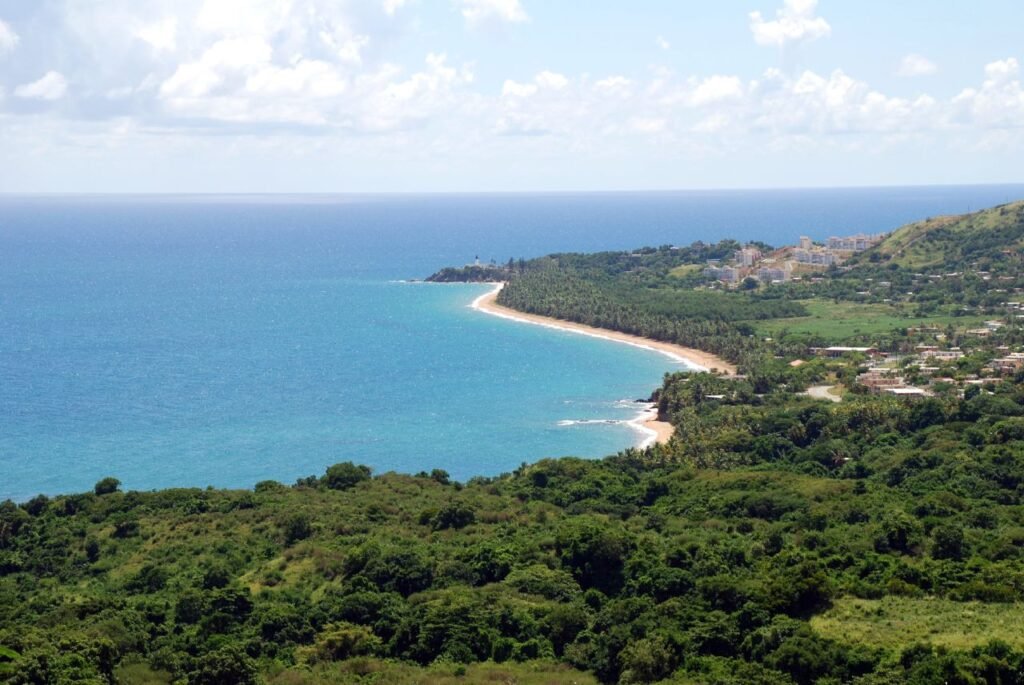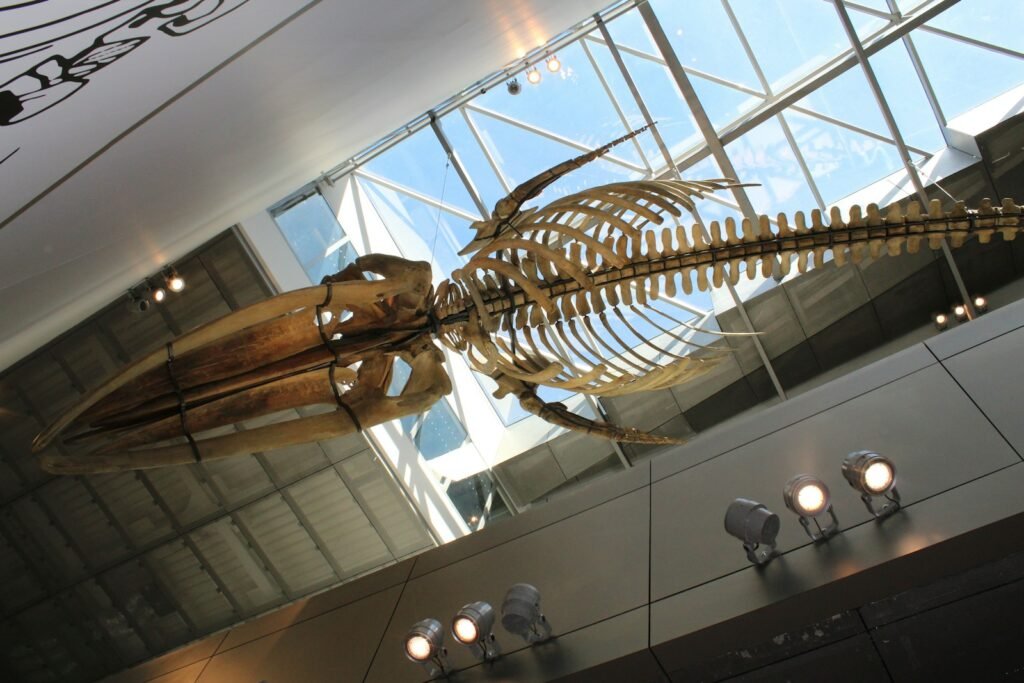Imagine walking along a sun-drenched Puerto Rican beach, the sea breeze brushing your skin, and then discovering—just beneath the gentle waves—gnarled tree trunks rising from the sand like ancient ghosts. These are the remnants of Puerto Rico’s sunken forests, silent witnesses to a coastline transformed by centuries of dramatic climate shifts and relentless tides. Their story is one of resilience, mystery, and the unstoppable power of nature. What secrets do these submerged woodlands hold, and what can they teach us about the past, present, and future of the Caribbean’s changing shores?
The Hidden World Beneath the Waves
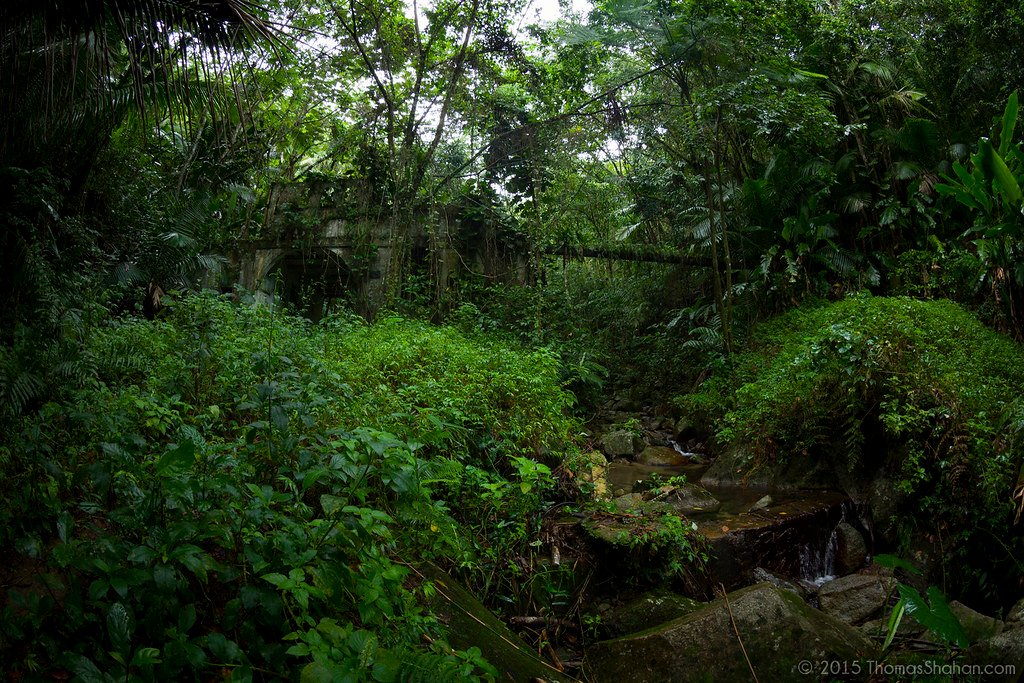
Beneath the sparkling turquoise waters off Puerto Rico’s coast lies a landscape few people have ever seen. Here, roots tangle in the sand, their bark weathered but still defiant against the sea’s embrace. When the tides are just right, the tops of old stumps break the surface, hinting at a forgotten world. Divers and scientists who venture into these underwater forests describe a surreal scene—like stumbling into a flooded cathedral, the pillars of ancient trees stretching into the green-blue light. This haunting beauty is not just picturesque; it’s a living archive of the island’s turbulent environmental history.
Tracing the Origins of the Sunken Forests
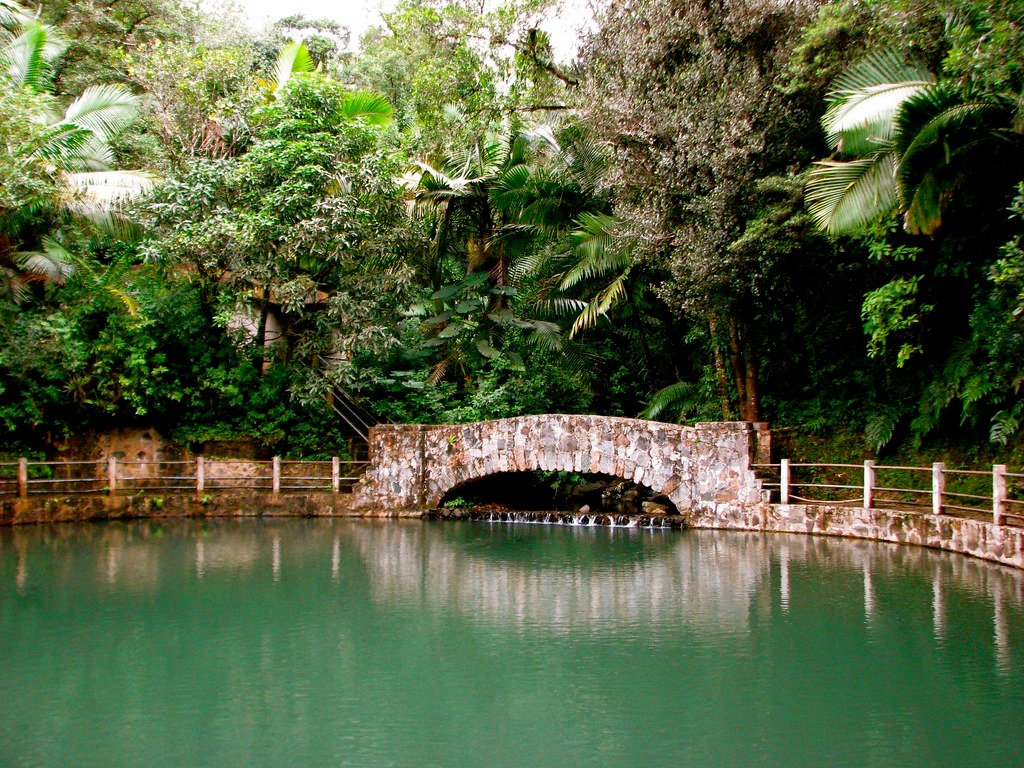
How did these forests end up underwater? The answer is a mix of geological drama and climatic intrigue. Thousands of years ago, Puerto Rico’s coastline was very different, fringed by dense forests that thrived where today waves crash. As sea levels rose after the last Ice Age, driven by melting glaciers and shifting land masses, the ocean crept inland, swallowing the woodlands. Over generations, trees drowned where they stood, their roots encased in silt, preserving a snapshot of the distant past. Each submerged trunk is a time capsule, recording the moment the sea claimed it.
The Role of Rising Seas
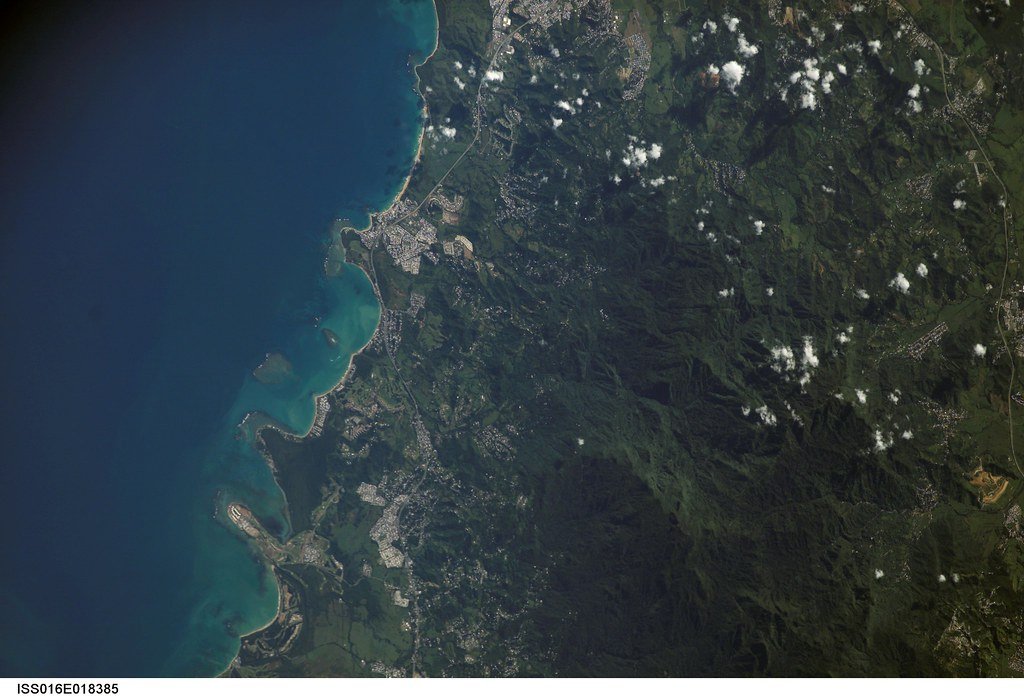
Rising sea levels are the main culprit behind these sunken forests. Scientists estimate that over the past 10,000 years, global sea levels have risen by more than 120 meters. In Puerto Rico, this meant the slow but steady inundation of low-lying coastal forests. The process wasn’t sudden—trees died off as saltwater gradually poisoned their roots, leaving behind a graveyard of stumps. Even today, with climate change accelerating sea-level rise, the story continues as new sections of coast are claimed by the sea, echoing the fate of their ancient predecessors.
Clues in the Layers of Sediment
The true story of these forests is buried not just in the wood, but in the layers of sand, silt, and mud that cover them. Scientists dig into these sediments to uncover pollen grains, seeds, and even tiny insects that once called the forest home. Each layer is like a page in a diary, recording changes in vegetation, rainfall, and even hurricane activity over millennia. By studying these clues, researchers can reconstruct how Puerto Rico’s climate has shifted—and how plants and animals adapted or vanished in response.
Echoes of Ancient Hurricanes

Puerto Rico’s coastline is no stranger to powerful storms, and the sunken forests bear witness to this stormy history. Tree rings in the preserved wood reveal periods of rapid growth interrupted by sudden trauma—likely caused by fierce hurricanes ripping through the canopy. Sediment layers may show abrupt influxes of sand, marking the landfall of a particularly violent storm. These natural archives help scientists understand not only the frequency of past hurricanes but also how coastal ecosystems bounced back—or failed to recover—after each disaster.
Climate Change: History Repeats Itself
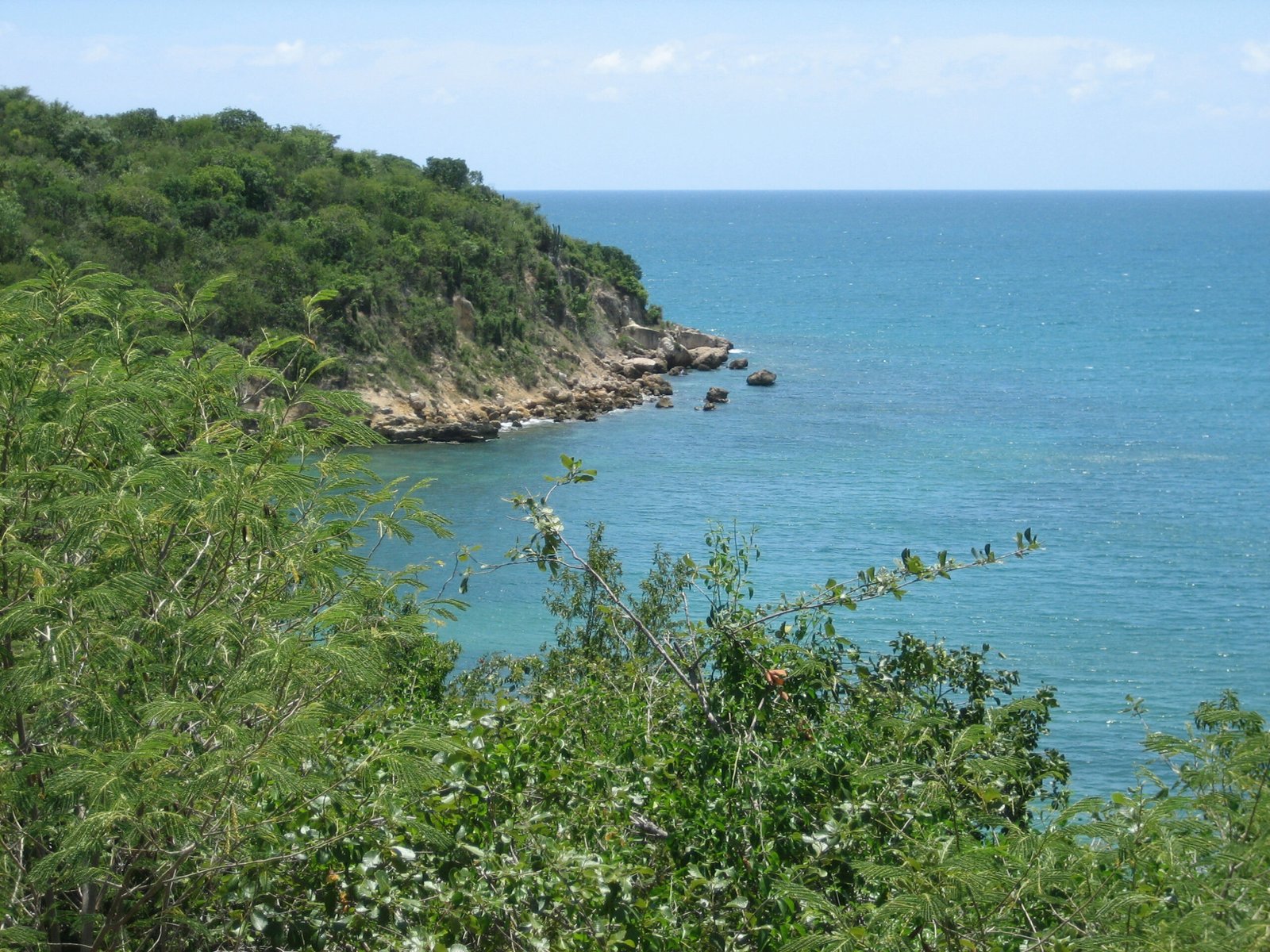
There’s a haunting parallel between the fate of these ancient forests and the challenges facing Puerto Rico today. As global temperatures rise, so do sea levels and the intensity of storms. The sunken forests are a warning from history: coastlines are fragile, and even the mightiest trees can be swept away by the slow march of climate change. Today’s mangroves and coastal palms face similar threats, as development, pollution, and warming seas put new pressure on these vital habitats.
The Mystique of Underwater Archaeology
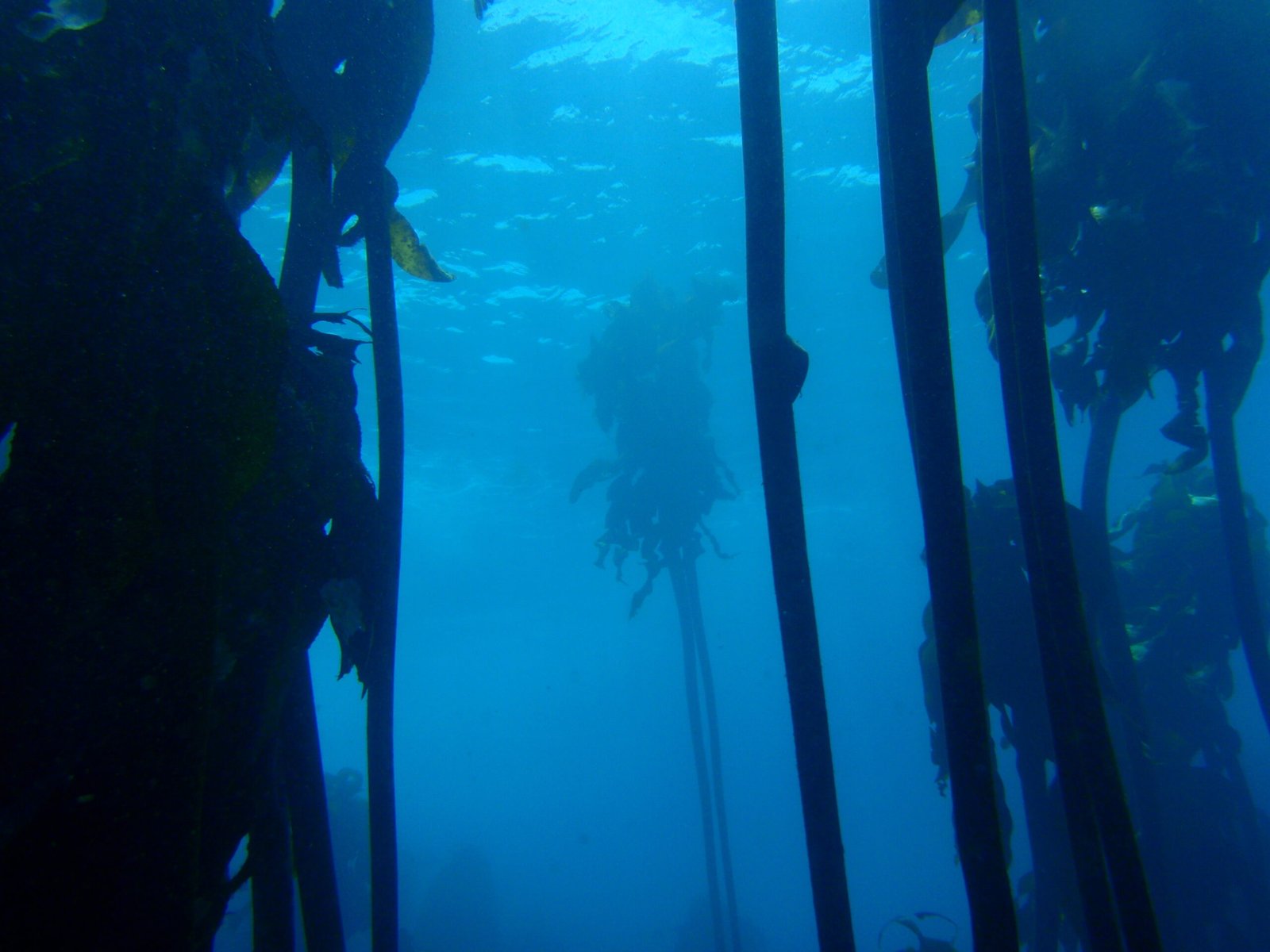
Exploring sunken forests is a bit like being an underwater detective. Divers must carefully document each stump and log, mapping out the ancient landscape as it once was. Sometimes, they discover artifacts—stone tools, pottery shards—that hint at human presence long before the Spanish arrived. These finds turn the forests into an archaeological treasure chest, adding a new dimension to the island’s story. Each expedition uncovers something new, sparking excitement and debate among scientists and locals alike.
How Submerged Trees Are Studied
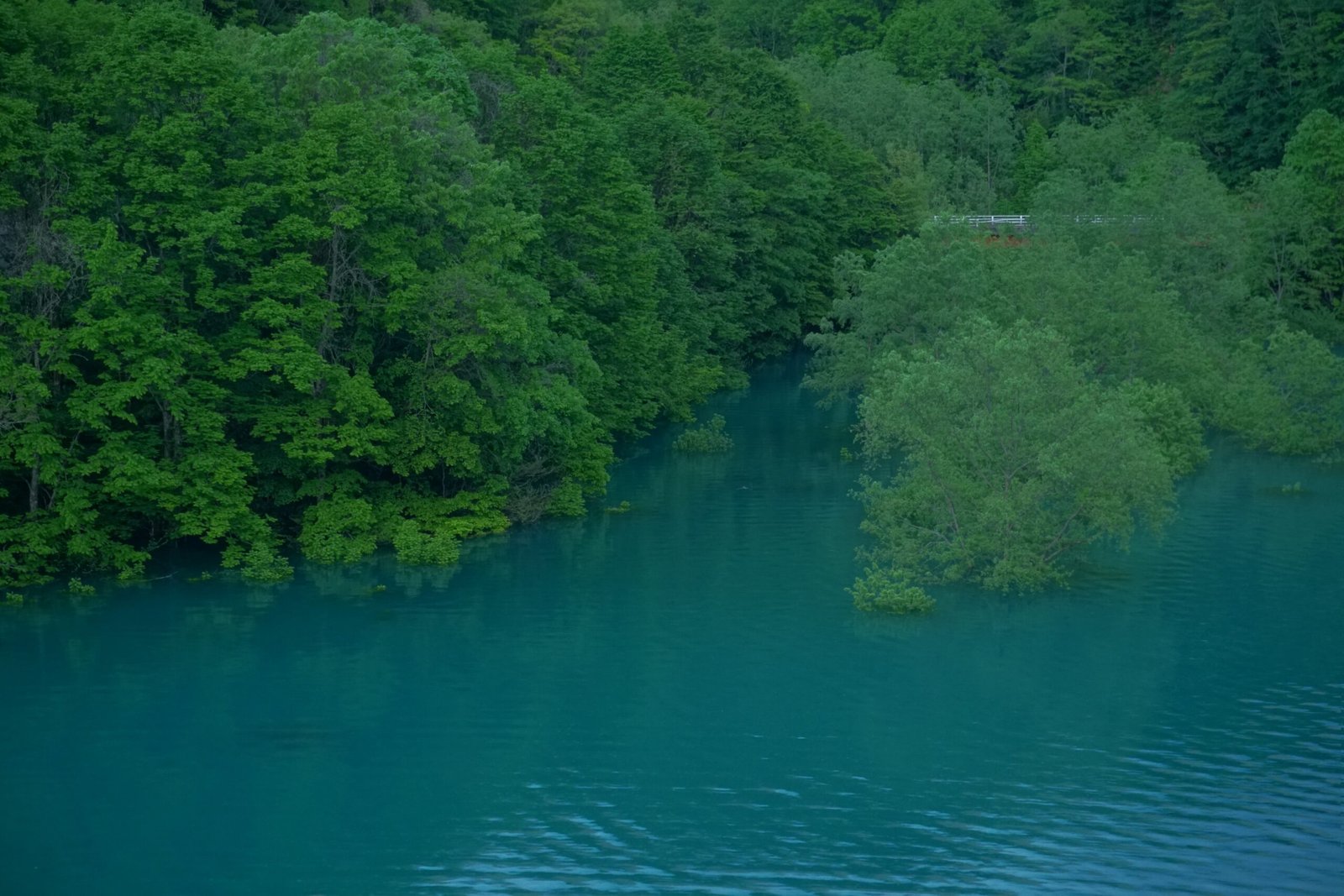
Researchers use a mix of old-school detective work and high-tech wizardry to study these forests. They’ll take core samples from the wood, analyzing the rings to date when each tree lived and died. Drones and sonar mapping help reveal the full extent of the forests, even in murky waters. Chemical tests can reveal what the climate was like when the trees grew—were there periods of drought, or was the weather lush and humid? Each data point adds to a growing portrait of Puerto Rico’s ancient coastline.
Wildlife of the Sunken Forests
While the trees themselves are long dead, their underwater remains are far from lifeless. Today, the submerged trunks provide shelter for fish, crabs, and even octopuses. Algae and corals colonize the wood, turning the stumps into miniature reefs bustling with life. In this way, the forests have found a second life beneath the waves, supporting a unique community of marine creatures. It’s a stirring reminder that even in loss, nature finds a way to adapt and thrive.
Local Legends and Cultural Memory
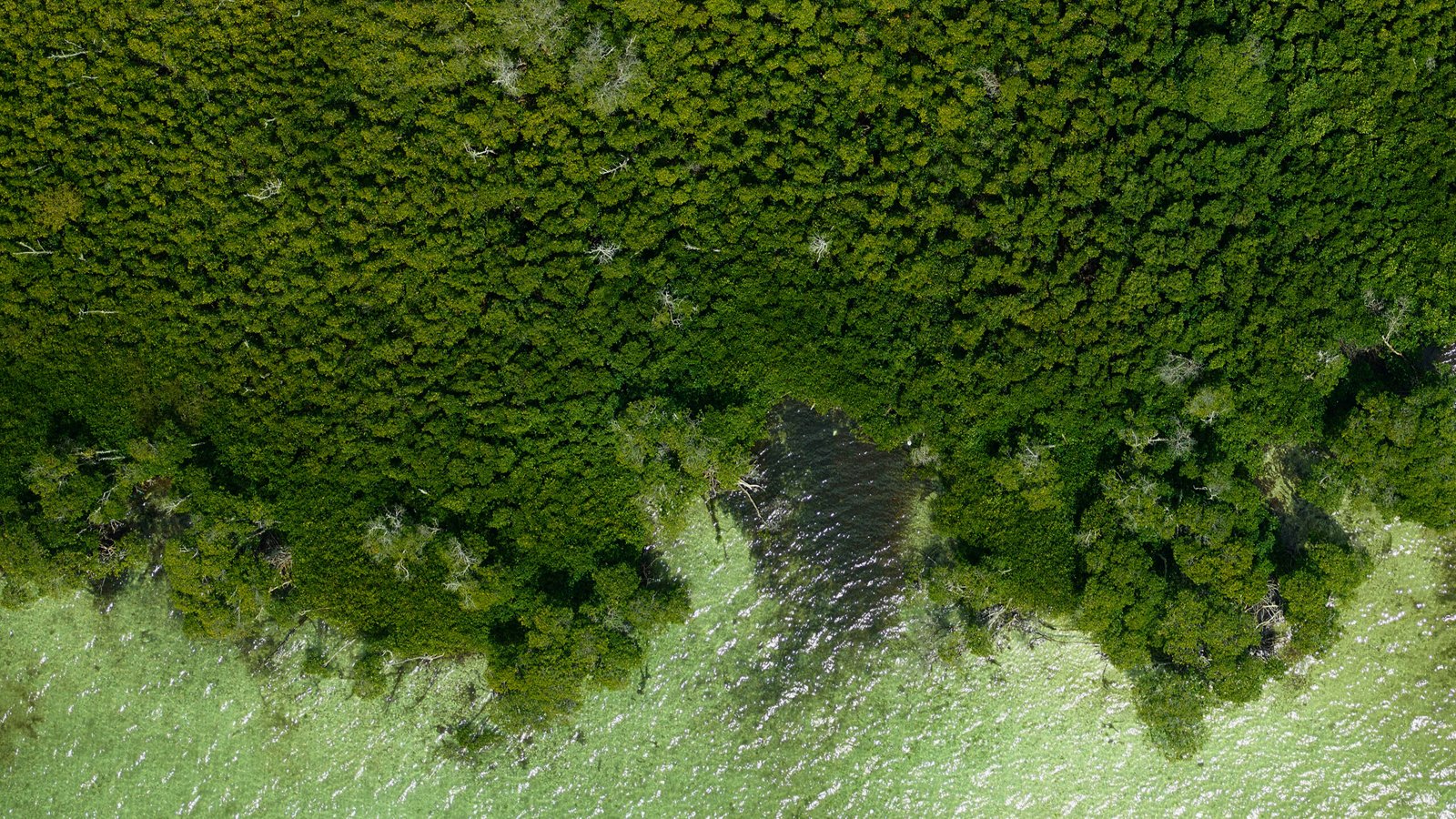
For generations, Puerto Ricans have told stories about the mysterious trees that appear at low tide. Some say they are haunted, the spirits of drowned forests whispering warnings to those who listen. Others see them as guardians, protecting the coast from storms. These legends show how the sunken forests are woven into the island’s cultural fabric, blending science with folklore. The trees may have fallen, but their memory endures in stories passed down through families and communities.
Impact on Modern Coastal Communities
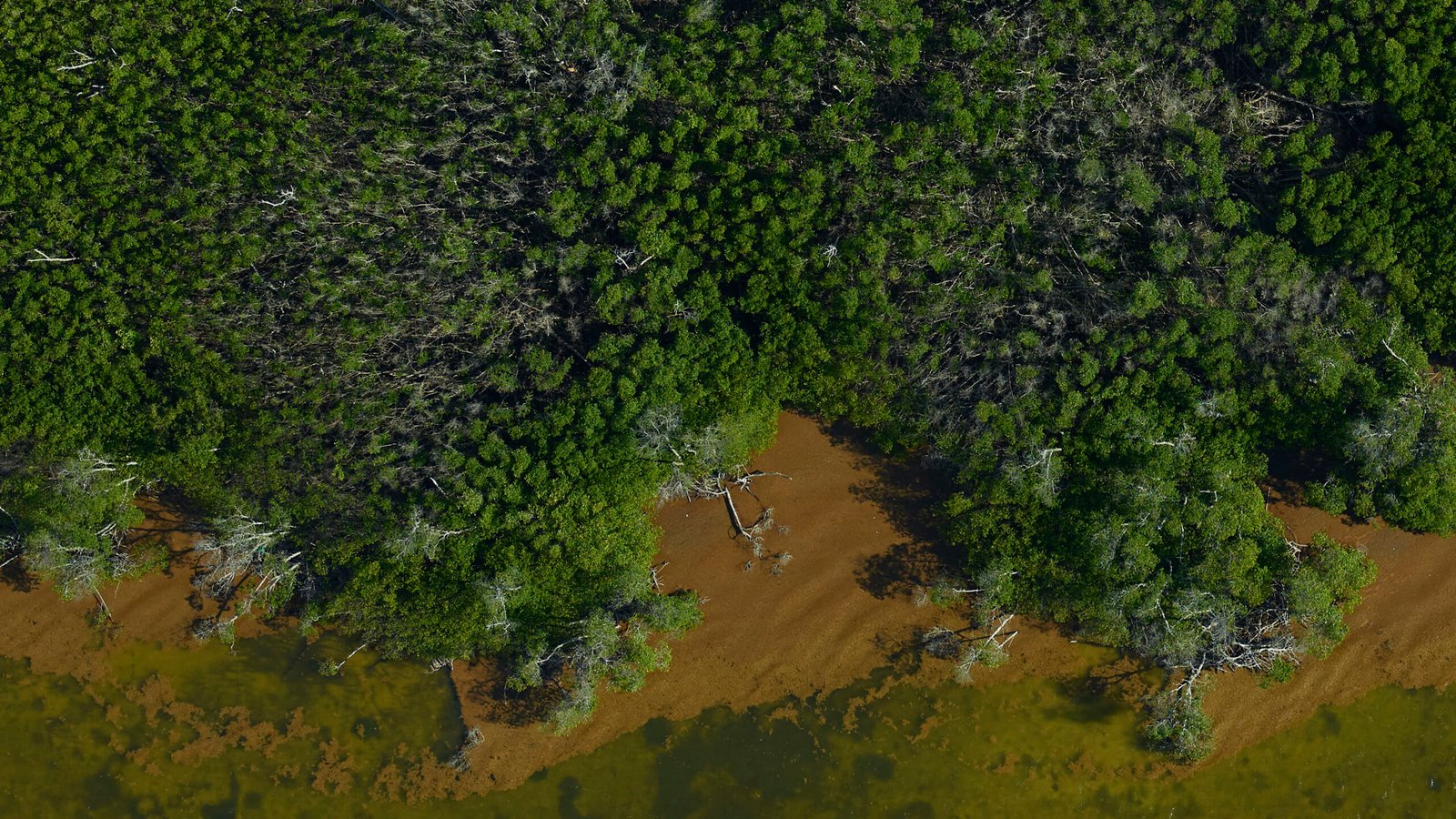
The lessons of the sunken forests are more relevant than ever for people living along Puerto Rico’s coast. As erosion eats away at beaches and saltwater invades freshwater supplies, residents face tough choices about how to adapt. Some communities have moved homes inland, while others build seawalls or plant new mangroves to slow the sea’s advance. The history buried beneath the waves serves as both a warning and a guide—reminding everyone that nature’s power can be relentless, but also offering hope in the form of resilience and adaptation.
Natural Resilience: Mangroves and Coastal Defenses
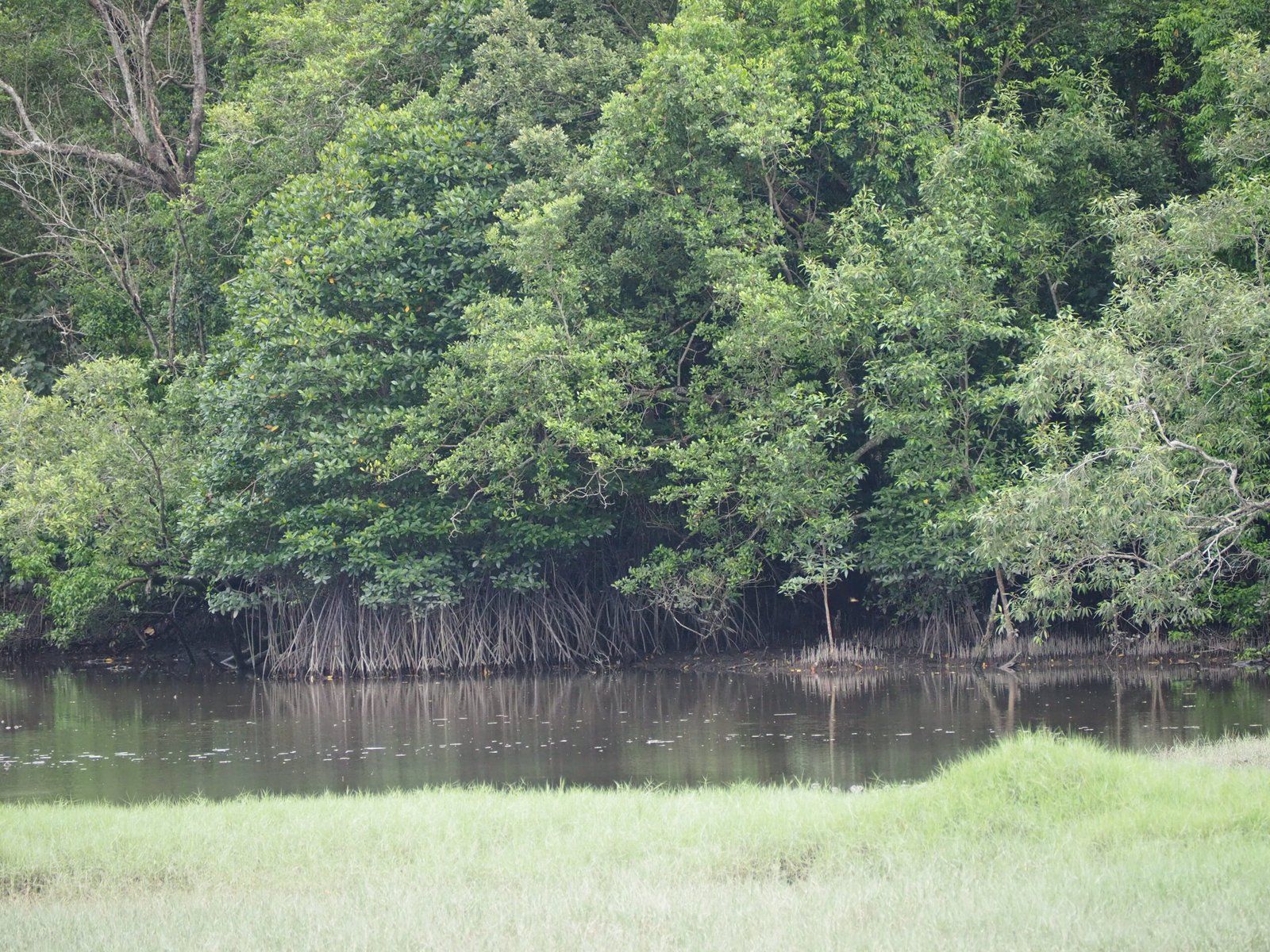
One of the most inspiring chapters in this story is the role of mangroves, nature’s own coastal defenders. These tough trees can survive in salty water, trapping sediment with their tangled roots and buffering the land from storms. Where ancient forests succumbed, mangroves now create a living barrier, protecting both people and wildlife. Around Puerto Rico, efforts to restore mangrove forests are gaining momentum, inspired by the lessons of the sunken woods. This is resilience in action—a partnership between humans and nature, learning from the past to secure the future.
Lessons from the Tree Rings
The rings inside each submerged trunk are like a living calendar, marking years of feast and famine, storm and sunshine. By carefully analyzing these patterns, scientists can estimate when major climate events happened—droughts, floods, or hurricanes—and how often they occurred. These insights are incredibly valuable for predicting what might happen as today’s climate continues to change. The sunken forests aren’t just relics; they’re guides, helping us prepare for whatever the future might bring.
The Dance of Land and Sea

Puerto Rico’s coastline is in a constant state of negotiation with the ocean. Sometimes the land wins, pushing the sea back with new sand and vegetation. Other times, the waves reclaim territory, erasing landscapes in a matter of years. The sunken forests are evidence of this never-ending dance—a cycle of loss and renewal that shapes the island’s very soul. It’s a process that can be slow and subtle or shockingly fast, driven by storms, earthquakes, or human hands.
Human Footprints in the Sand
While nature is the main architect of Puerto Rico’s changing shores, people have played a role too. Development, deforestation, and sand mining have all contributed to erosion and habitat loss. In some places, the rush to build resorts or ports has exposed ancient stumps, accelerating the loss of what little remains. Yet there’s also a growing movement to protect what’s left, with scientists, activists, and local leaders working together to balance progress with preservation.
Preservation and Conservation Efforts
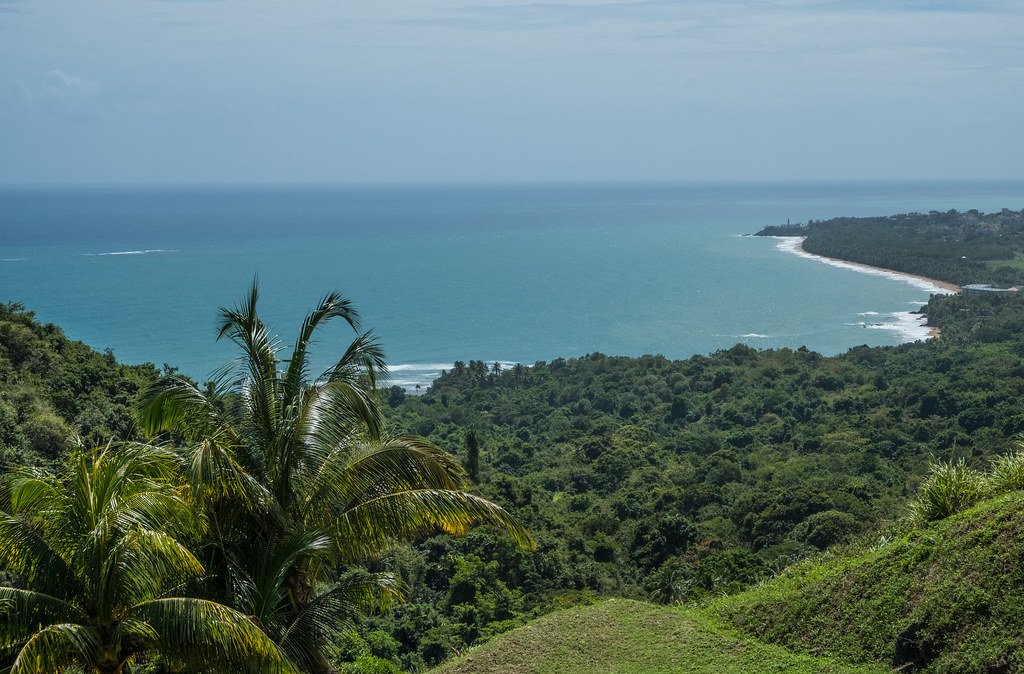
Protecting the sunken forests and the lessons they hold is no simple task. Conservationists are racing against time to document these sites before they’re lost to storms or development. Educational programs are teaching young Puerto Ricans about their island’s deep history, fostering a sense of pride and stewardship. There’s a growing realization that these underwater woodlands are not just curiosities—they’re invaluable records of both natural and human history, deserving of respect and protection.
Connecting Past and Present

The story of Puerto Rico’s sunken forests bridges the gap between ancient history and modern life. It’s a reminder that today’s choices—about climate, development, and conservation—are part of a much larger narrative. Each fallen tree and shifting shoreline connects us to the people and ecosystems that came before, challenging us to think about the legacy we’ll leave behind. Will future generations find new forests, or only the shadows of what once was?
Science and Wonder: Inspiring Curiosity

There’s something profoundly moving about standing on a beach and knowing that, just beneath your feet, an ancient forest lies hidden. It stirs the imagination and sparks questions that science is only beginning to answer. Why did these forests fall? What stories do they hold? The ongoing research is a testament to human curiosity—our drive to explore, understand, and protect the world around us. The more we learn, the more we realize how much remains to be discovered.
What the Sunken Forests Teach Us About Change

Perhaps the most powerful lesson from the sunken forests is that change is inevitable—but not always tragic. Loss can give rise to new life, and endings can become beginnings. By looking to the past, we gain the wisdom to face today’s challenges with courage and creativity. The forests beneath Puerto Rico’s waves are both a memory and a mirror, reflecting our own struggles with change and adaptation. Isn’t it remarkable how much a drowned woodland can teach us about endurance, hope, and the beauty of transformation?

